As someone who’s been navigating the world of thermoplastics for over a decade, I’ve worked closely with manufacturers, suppliers, and designers to source and apply Thermoplastic Elastomers (TPE) across industries like automotive, medical, and consumer goods. One question that pops up frequently, especially from those new to the material or planning a project, is: How much do TPE materials cost, and how does hardness affect the price? It’s a practical concern—budgeting for a project hinges on understanding these costs, and TPE’s versatility makes it a go-to choice for many applications. In this article, I’ll break down the price ranges for TPE materials based on hardness, explore the factors that drive these costs, and share insights from my experience to help you make informed decisions.
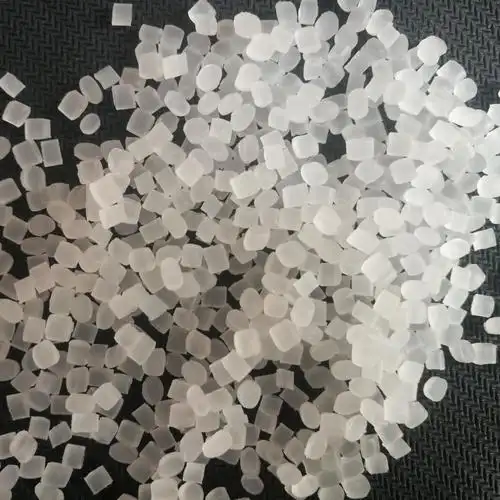
What Is TPE, and Why Does Hardness Matter?
Before diving into pricing, let’s clarify what TPE is and why hardness is a key factor. TPE, or Thermoplastic Elastomer, is a versatile material that combines the flexibility of rubber with the processability of plastic. It’s used in everything from soft-touch grips on tools to medical tubing and automotive seals. TPE’s hardness, measured on the Shore scale (typically Shore A or Shore D), determines its flexibility and application suitability.
Soft TPE (Shore 0A–40A): Feels rubbery and highly flexible, ideal for products like gaskets, seals, or wearable devices.
Medium TPE (Shore 40A–70A): Balances flexibility and strength, used in handles, shoe soles, and overmolded parts.
Hard TPE (Shore 70A–85A or Shore D): More rigid, suited for structural components or applications requiring durability, like automotive parts.
Hardness affects not only the material’s performance but also its formulation, processing, and cost. Softer TPEs often require specialized additives to achieve their elasticity, while harder TPEs may incorporate reinforcing fillers. Let’s explore how these differences translate into pricing.
Typical Price Ranges for TPE Materials by Hardness
TPE prices vary widely based on hardness, formulation, and market factors. Based on my experience sourcing materials globally (primarily from suppliers in Asia, Europe, and North America), I’ve compiled a table summarizing typical price ranges for TPE materials in 2025, assuming standard grades and bulk purchases (prices are per kilogram, USD):
| Hardness Range | Price Range (USD/kg) | Common Applications | Key Cost Drivers |
|---|---|---|---|
| Soft (0A–40A) | $3.50–$6.50 | Seals, gaskets, wearable devices | High additive content, specialized oils, medical-grade certifications |
| Medium (40A–70A) | $2.80–$5.00 | Shoe soles, handles, overmolding | Balanced formulation, moderate additive use |
| Hard (70A–85A/Shore D) | $2.50–$4.50 | Automotive parts, rigid components | Fillers, lower additive costs, economies of scale |
Note: These are approximate ranges for standard TPE grades in bulk (e.g., 1-ton orders). Prices for small quantities, custom formulations, or specialty grades (e.g., food-safe or UV-resistant) can be 20–50% higher. I’ll dive into these variations later.
Why Do TPE Prices Vary by Hardness?
From my time working with TPE suppliers, I’ve learned that hardness is just one piece of the pricing puzzle. Several factors influence why soft, medium, and hard TPEs fall into different price brackets. Let’s break them down:
1. Raw Material Composition
TPEs are typically blends of a polymer base (like SEBS, SBS, or TPU) with plasticizers, fillers, and additives. Softer TPEs require more plasticizing oils and elastomeric components, which are often pricier than the fillers (e.g., calcium carbonate) used in harder TPEs. For example, a Shore 20A TPE for a medical device might need high-purity oils to achieve its softness, driving up costs compared to a Shore 80A TPE for an automotive part, which relies on cheaper fillers.
I once sourced a soft TPE (Shore 30A) for a wearable fitness tracker. The supplier explained that the formulation required premium SEBS and medical-grade oils, pushing the price to $6/kg, while a harder TPE (Shore 70A) for a tool grip cost just $3.50/kg due to simpler ingredients.
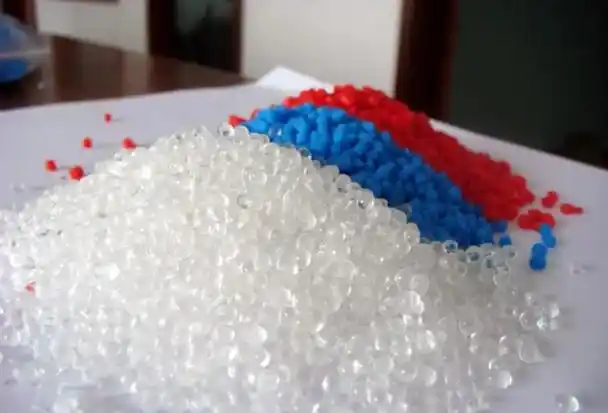
2. Additives and Certifications
Special additives significantly impact TPE pricing, especially for softer grades used in regulated industries. For instance:
Medical-grade TPEs (often soft, 0A–40A) need biocompatibility certifications (e.g., ISO 10993), adding $1–$2/kg.
Food-safe TPEs require FDA or EU compliance, increasing costs.
UV-resistant or flame-retardant TPEs (any hardness) use costly stabilizers or additives.
In a project for a kitchen appliance, we needed a food-safe TPE (Shore 50A) for a handle. The food-grade certification bumped the price to $4.80/kg, compared to $3.20/kg for a non-certified TPE of similar hardness.
3. Processing Complexity
Softer TPEs are trickier to process due to their stickiness and lower melt strength, requiring specialized equipment or slower production rates. This can indirectly raise costs, as manufacturers pass on processing expenses. Harder TPEs, being more rigid, are easier to mold or extrude, keeping production costs lower. I’ve seen this firsthand when comparing quotes for a soft TPE seal (Shore 25A) versus a hard TPE automotive clip (Shore 80A)—the seal’s processing challenges added about 10% to the material cost.
4. Market Demand and Scale
Harder TPEs (70A–Shore D) are often cheaper due to higher demand in industries like automotive and construction, where economies of scale drive down prices. Softer TPEs, used in niche applications like medical devices or wearables, have lower production volumes, leading to higher per-unit costs. For example, a supplier once quoted me $4/kg for a standard Shore 75A TPE for car door seals (high-volume order) but $5.50/kg for a Shore 30A TPE for a small batch of medical tubing.
5. Regional and Supplier Factors
TPE prices vary by region due to raw material availability, labor costs, and logistics. Asian suppliers (e.g., China, Malaysia) often offer lower prices ($2.50–$5/kg) due to large-scale production, while European or North American suppliers charge more ($3.50–$7/kg) for higher-quality or certified grades. Freight costs, especially for overseas orders, can add $0.20–$0.50/kg. I’ve worked with both Chinese and German suppliers and found that while Chinese TPEs were cheaper, European grades often had better consistency for critical applications.
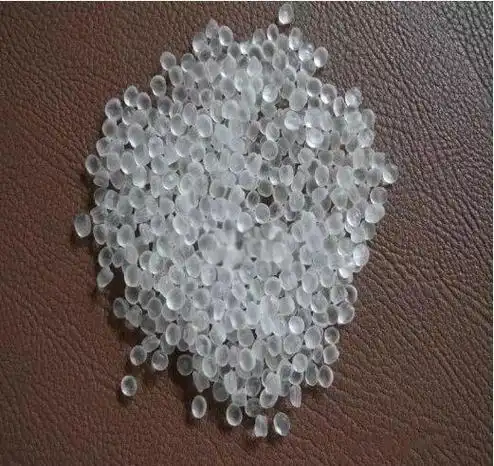
Breaking Down Price Ranges by Application
To give you a clearer picture, let’s look at how TPE prices align with specific applications, based on hardness:
Soft TPE (0A–40A): $3.50–$6.50/kg
Applications: Medical tubing, wearable device straps, soft seals, gaskets.
Why the Cost?: High plasticizer content, premium SEBS or TPU bases, and certifications (e.g., medical or food-grade) drive prices. Small batch sizes for niche products also increase costs.
Example: For a medical catheter project, I sourced a Shore 20A TPE at $6.20/kg due to biocompatibility requirements. A non-certified version of the same hardness was $4.50/kg.
Medium TPE (40A–70A): $2.80–$5.00/kg
Applications: Shoe soles, tool grips, overmolded electronics, flexible hoses.
Why the Cost?: Balanced formulations with moderate additives make these grades more affordable. High demand in consumer goods keeps prices competitive.
Example: For a sports shoe sole (Shore 60A), I paid $3.80/kg for a UV-resistant TPE, while a standard grade without UV protection was $3.20/kg.
Hard TPE (70A–85A/Shore D): $2.50–$4.50/kg
Applications: Automotive seals, structural components, rigid connectors.
Why the Cost?: Fillers like calcium carbonate reduce costs, and high-volume production for industrial applications keeps prices low.
Example: For an automotive door seal (Shore 75A), I secured a TPE at $2.90/kg in a 5-ton order, but a smaller 500kg order cost $3.30/kg due to lower economies of scale.
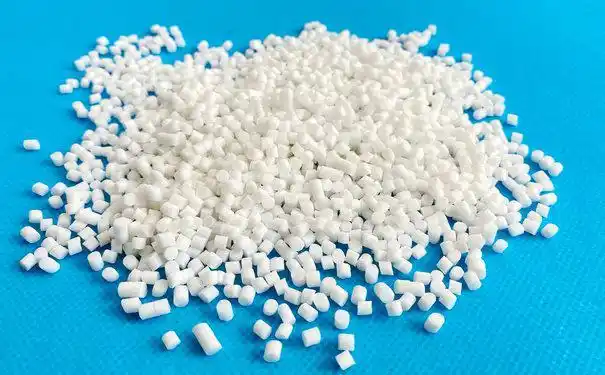
Hidden Costs to Watch For
Beyond the base price, several factors can push TPE costs higher:
Small Order Surcharges: Orders under 500kg often incur a 10–20% premium due to setup costs.
Custom Formulations: Tailored TPEs (e.g., specific colors or properties) can add $0.50–$2/kg.
Testing and Certification: Compliance with standards like RoHS, REACH, or ISO 10993 increases costs.
Logistics: Importing TPEs involves shipping, tariffs, and currency fluctuations, which can add $0.30–$1/kg.
In one project, I ordered a custom-colored TPE (Shore 50A) for a consumer product. The base price was $4/kg, but color matching and small batch fees raised it to $5.20/kg. Always request detailed quotes to uncover these extras.
How to Get the Best TPE Price
From years of negotiating with suppliers, I’ve picked up strategies to optimize TPE costs:
Buy in Bulk: Orders over 1 ton typically secure 5–15% discounts. If your project allows, stock up or partner with other buyers.
Compare Suppliers: Get quotes from at least three suppliers (local and international) to leverage competition. Platforms like Alibaba or direct contacts at trade shows can help.
Standardize Grades: Stick to off-the-shelf TPE grades unless custom properties are essential. Custom formulations are pricey and slow to produce.
Negotiate Terms: Ask for discounts on repeat orders or longer-term contracts. I once shaved 8% off a TPE order by committing to a 6-month supply agreement.
Work with Local Distributors: For small orders, local distributors may offer better prices than importing, avoiding shipping costs.
Test Samples First: Request free or low-cost samples to verify performance before committing to a large order, saving costly mistakes.
In a recent project, I needed a Shore 65A TPE for a tool handle. By comparing quotes from a Chinese supplier ($3.40/kg) and a European one ($4.20/kg), I chose the Chinese option after verifying quality with samples, saving 19% on a 2-ton order.

Regional Price Variations
TPE prices differ by region, reflecting production capabilities and market dynamics:
China: $2.50–$5.50/kg. Largest producer, offering competitive prices but varying quality. Ideal for standard grades.
Europe: $3.50–$7.00/kg. Higher quality and certified grades, but pricier due to labor and regulatory costs.
North America: $3.80–$6.50/kg. Focus on specialty TPEs, with strong supply chains for medical and automotive grades.
Southeast Asia: $2.80–$5.00/kg. Emerging hub with cost-effective options, though logistics can add costs.
I’ve found Chinese suppliers reliable for bulk orders of standard TPEs, but for medical-grade TPEs, European suppliers like Kraiburg TPE offer better consistency and certifications, justifying the higher price.
Case Studies: TPE Pricing in Action
Let me share two projects that highlight how hardness and application affect TPE costs.
Case Study 1: Medical Device Tubing
For a medical device manufacturer, I sourced a Shore 30A TPE for flexible tubing. The material needed ISO 10993 certification, pushing the price to $6.50/kg for a 500kg order. A non-certified TPE of the same hardness was quoted at $4.80/kg, but the client prioritized safety compliance. By negotiating a 1-ton order, we reduced the price to $6.20/kg, saving 4.6%. This showed how certifications drive costs for soft TPEs.
Case Study 2: Automotive Seals
In an automotive project, we needed a Shore 75A TPE for door seals. A Chinese supplier offered $2.90/kg for a 5-ton order, while a local distributor quoted $3.50/kg for 1 ton. We chose the Chinese supplier after verifying quality, saving 17%. The harder TPE’s lower price reflected its simpler formulation and high-volume production, typical for automotive applications.
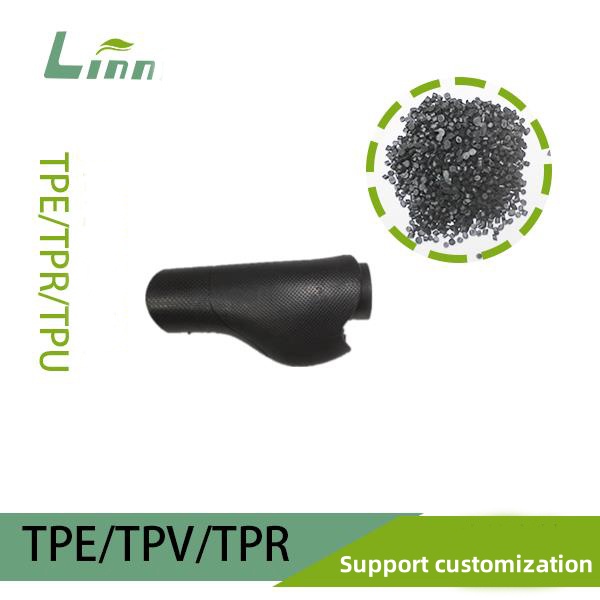
Future Trends in TPE Pricing
Looking ahead, several trends may influence TPE prices:
Sustainability: Bio-based and recyclable TPEs are gaining traction but cost 10–20% more due to R&D and processing.
Raw Material Costs: Fluctuations in oil prices (key for plasticizers) can impact softer TPEs, potentially raising prices by 5–10%.
Automation: Advances in TPE production may lower costs for standard grades, especially harder TPEs, by 3–5% over the next few years.
Demand Growth: Rising use in medical and wearable devices could keep soft TPE prices elevated due to niche demand.
I’ve noticed suppliers increasingly offering “green” TPEs, but their higher costs (e.g., $5–$7/kg for Shore 50A) make them less viable for budget-conscious projects. Keep an eye on these trends when planning long-term.
Practical Tips for Budgeting TPE Projects
To wrap up, here’s how to approach TPE purchasing:
Define Requirements: Specify hardness, certifications, and volume upfront to get accurate quotes.
Request Detailed Quotes: Ask suppliers to break down costs (material, additives, shipping) to spot hidden fees.
Plan for Scale: If your project will grow, negotiate prices based on future volumes to lock in savings.
Build Relationships: Long-term supplier partnerships can lead to better pricing and priority supply during shortages.
Stay Flexible: If budget is tight, consider slightly harder or softer TPEs that meet performance needs but cost less.
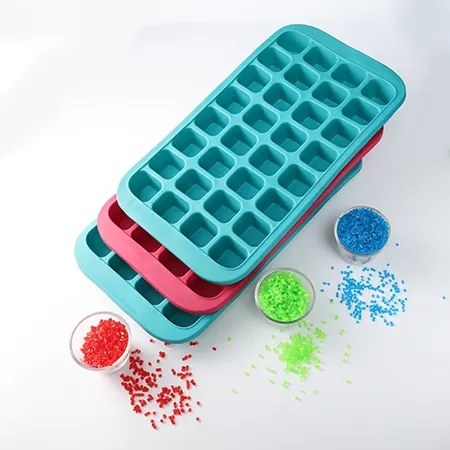
Conclusion: TPE Pricing Is Manageable with the Right Approach
From my years sourcing and applying TPEs, I’ve learned that prices for different hardnesses typically range from $2.50–$6.50/kg, with soft TPEs (0A–40A) at the higher end due to complex formulations and certifications, and harder TPEs (70A–Shore D) being more affordable thanks to economies of scale. By understanding the factors driving costs—composition, additives, processing, and market dynamics—you can make smarter purchasing decisions. Whether you’re designing a medical device or an automotive part, the key is to align your needs with the right TPE grade, compare suppliers, and negotiate strategically.
If you’re planning a TPE project and unsure about costs or hardness choices, feel free to share your details. I’d love to offer tailored advice based on my experience to help you stay on budget and get the best material for your needs!
Frequently Asked Questions
1. Why are soft TPEs more expensive than hard TPEs?
Soft TPEs (0A–40A) require more plasticizing oils and premium elastomers, which are costlier than the fillers used in harder TPEs. Certifications for medical or food-grade applications also increase prices.
2. Can I get TPEs cheaper by ordering in bulk?
Yes, orders over 1 ton often secure 5–15% discounts due to economies of scale. Negotiate with suppliers for better rates on large or repeat orders.
3. Are custom TPE formulations worth the extra cost?
Custom TPEs (e.g., specific colors or properties) cost 10–50% more but are worth it for unique performance needs. For standard applications, off-the-shelf grades are more cost-effective.
4. How do I choose the right TPE hardness for my project?
Match hardness to your application: soft (0A–40A) for flexible seals, medium (40A–70A) for grips or soles, and hard (70A–Shore D) for rigid parts. Test samples to confirm performance.
5. Where can I find reliable TPE suppliers?
Check platforms like Alibaba for Asian suppliers, or contact established brands like Kraiburg TPE (Europe) or Teknor Apex (North America). Compare quotes and request samples to ensure quality.





